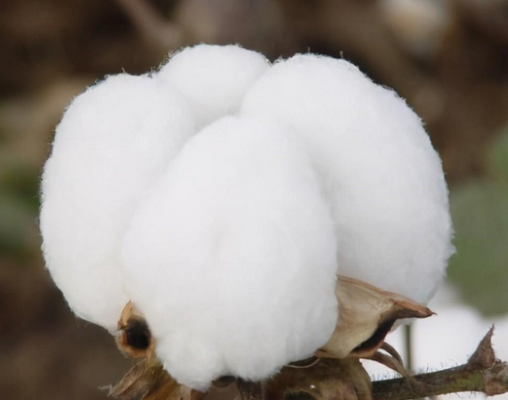Do you know the origins, advantages and disadvantages of the clothing fabrics we often wear? Are you confused when you see these terms? It only takes 3 minutes to learn to identify fabrics.
Our common clothing fabrics are mainly divided into two categories: natural fibers and chemical fibers. Natural fibers are further divided into plant fibers and animal fibers. Plant fibers include: cotton and linen, and animal fibers include: silk, wool, and leather. ,velvet. Chemical fibers are further divided into regenerated fibers and synthetic fibers. Regenerated fibers include: viscose, acetate, Tencel, Modal, and bamboo fiber. Synthetic fibers include: polyester, nylon, acrylic, polypropylene, and spandex.

Today we will talk about natural fibers. Cotton fiber is the most familiar fiber to us. Almost every one of us has several cotton products. The advantages of cotton are: natural, anti-allergic, sweat-absorbent and breathable. Good fit, comfortable, not prone to pilling, and good dyeing performance. But the disadvantages are poor elasticity, easy to wrinkle, easy to shrink, easy to fade, and easy to get moldy. Blending cotton fiber with other fibers can improve its original shortcomings. Cotton + spandex blends can resist wrinkles and deformation; cotton + polyester or wool blends will be warmer; cotton + modal or regenerated cellulose fiber blends will be softer and more comfortable. Among cotton fibers, long-staple cotton has the best quality. Because long-staple cotton has long fibers, the fabrics woven from long-staple cotton are softer, more delicate, and less prone to pilling.
Then there is hemp fiber, which is the earliest plant fiber used by humans. my country has used ramie as a textile raw material as early as 4000 BC in the Neolithic Age. Flax fibers include flax, ramie, apocynum, etc. Nowadays, flax is the most used in clothing. Flax fiber has many advantages, such as good moisture absorption and heat dissipation, coolness, antibacterial, anti-static, non-deformation, etc., but it also has disadvantages. For example, it wrinkles easily and has poor skin-friendliness. Cotton and linen blended fabrics can improve skin-friendliness, feel softer, are cool and comfortable to wear, are natural, environmentally friendly and healthy.
Real silk includes mulberry silk and tussah silk. Mulberry silk is also called domestic silk, which is characterized by being white and soft, as thin as cicada wings, and light as yarn. Tussah silk, also called wild silk, is characterized by being thicker, harder, and natural. Creamy yellow. The most commonly used clothing is mulberry silk. Mulberry silk is a natural protein molecule and a fiber extracted from silkworm cocoons. Its advantages are that it is breathable and cool, light and elegant, smooth and delicate, has a good hand feel, a soft and gorgeous luster, and good drape, and it is in contact with the skin. It is very silky, but it also has many shortcomings. It wrinkles easily, is afraid of sun exposure, is prone to mildew, is hand washable, cannot be machine washed, is prone to snagging, and is difficult to take care of. There are also things like ice silk and tencel. These are actually not silk. I will talk about them separately next time.
Finally, there is wool, which is what we often call wool and cashmere. The advantages of wool are warmth retention, good wrinkle resistance, soft feel, and good elasticity. The disadvantages of wool are that it shrinks easily, pills easily, is irritating to the skin, and is not easy to wear. To take care of it, use special detergent. Cashmere is softer and has higher thermal insulation than wool. Cashmere is the hair combed from goats. A goat can only produce 50 to 80 grams of cashmere a year. The output is very low and the price is very expensive. It is like soft gold. say. If you buy a cashmere sweater at a very cheap price, be careful whether you buy a fake.







